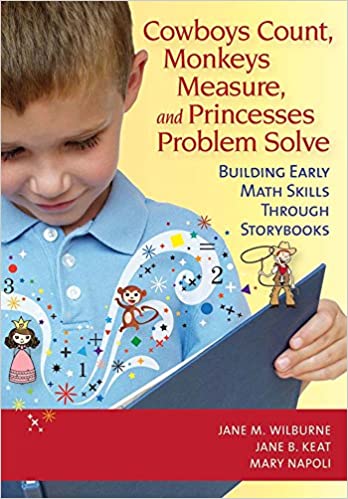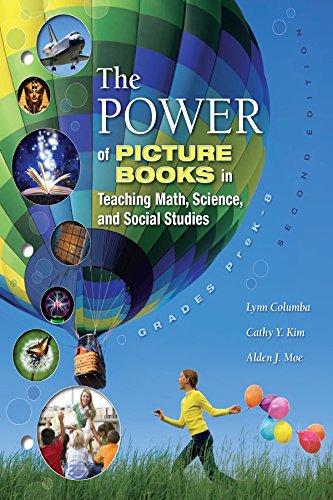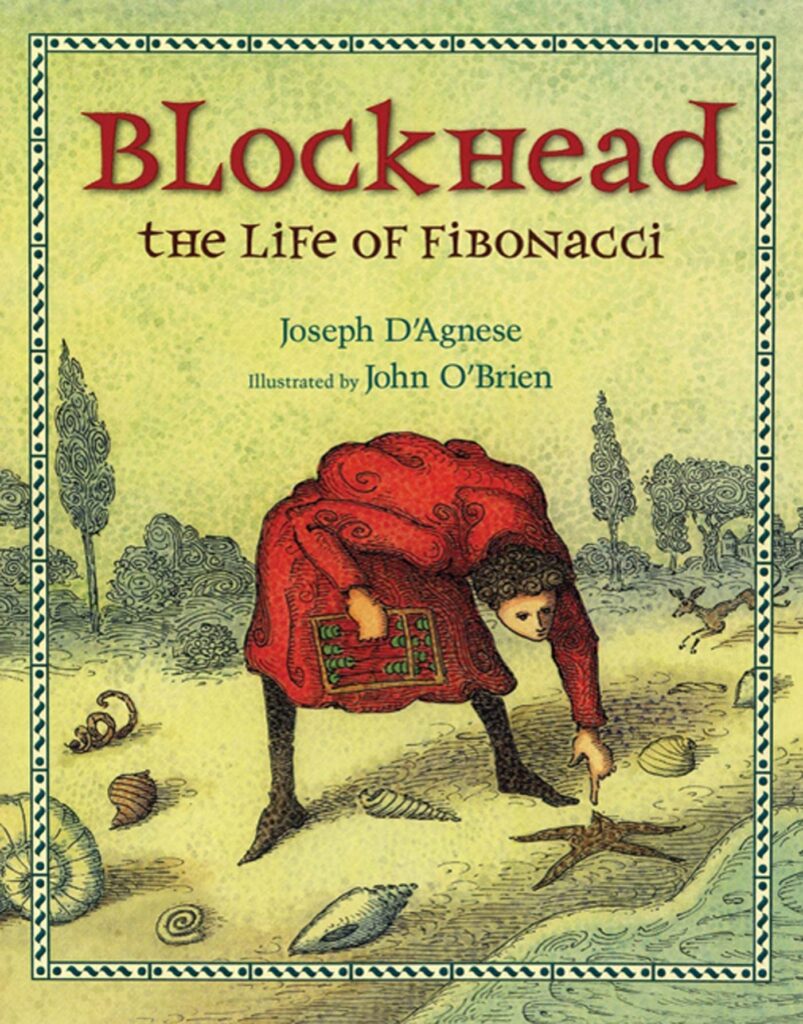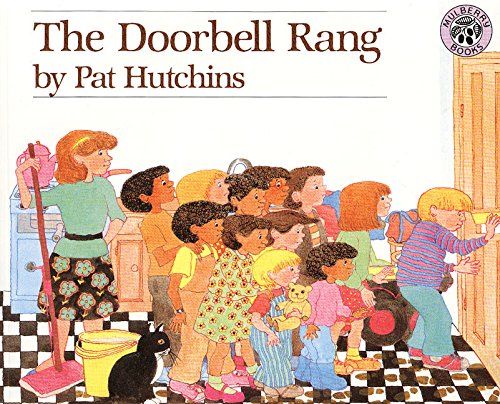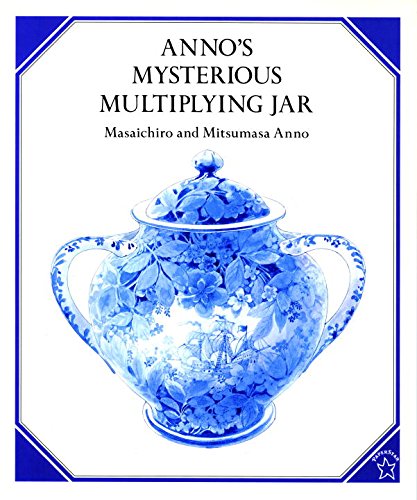The OISE Library in September compiled a list of math-related teaching material and picture books to celebrate Science Literacy week. We’ve highlighted a few of these resources here.
Curriculum Resources to Merge Storytelling and Math
Educators can explore the relationship between storytelling and foundational math concepts in Jane M. Wilburne and Mary Napoli’s 2011 educator guide Cowboys Count, Monkeys Measure, and Princesses Problem Solve. The authors provide a list of over 40 stories along with example lessons and a lesson planning template, equipping teachers with tools to readily introduce this math–language arts approach to students in pre-K to grade three.
In The Power of Picture Books in Teaching Math and Science, Lynn Columbia (2017) recommends a similar story-driven method for teaching math concepts—ranging from arithmetic to geometry—to pre-kindergarten to grade 8 students. Lynn offers over 50 math and science lessons that depend on stories, including Paul Fleischman’s Weslandia (1999) in which an imaginative boy builds a civilization and Graeme Base’s The Water Hole (2001) which examines habitats and endangered species. Blending literacy and numeracy, the integrated curriculum described in Lynn’s text helps students meaningfully connect with math and science.
Janet Rees is equally enthusiastic about incorporating picture books into math lessons in Exploring Maths through Stories and Rhymes: Active Learning in the Early Years (2019). Just as valuable as stories are nursery rhymes as both can make math less daunting. Storybooks and nursery rhymes, according to Janet, are welcoming environments for strengthening problem-solving skills and investigating key math topics, such as counting, addition and subtraction, measurement, and shapes.
Picture Books to Integrate with Math Lessons
Blockhead: The Life of Fibonacci (2010) by Joseph D’Agnese recounts the life history of Italian mathematician Leonardo Fibonacci. Readers come to know Fibonacci as a curious and misunderstood boy who daydreams about numbers. His passion for numbers eventually leads to the discovery of the Fibonacci sequence—a mathematical series found in nature from flower petals to seashells. Blockhead is wonderfully illustrated by John O’Brien with pictures of the Fibonacci sequence that invite readers to actively participate as mathematicians and naturalists in the learning process.
In Pat Hutchins’ The Doorbell Rang (1986), Sam and Victoria are preparing to eat freshly baked cookies when the neighbourhood children arrive. Sam and Victoria decide to share their 12 cookies. As more and more children ring the doorbell, it becomes increasingly difficult to divide the cookies. Readers along with Sam and Victoria apply their understanding of division to distribute the cookies fairly. Hutchins’ picture book not only invites young readers to try using math operations, but it also encourages sharing. The book benefits from repetitive language, a simple plot, and what is likely a familiar scenario.
Anno’s Mysterious Multiplying Jar (1982) is about “one jar and what was inside it.” Readers realize that this jar and its contents explain multiplication and products, specifically factorials. Mitsumasa Anno and Masaichiro Anno make factorials interesting by using detailed, mesmerizing illustrations of islands, mountains, kingdoms, villages, houses, rooms, cupboards, boxes, and jars. They unpack factorials, a topic that can seem complex, with explanations that are engaging and effective.
Check out these books using the links or our catalogue. For more recommendations, refer to our OISE Library Math Literacy Collections page on the 2022 Science Literacy Library Guide.

